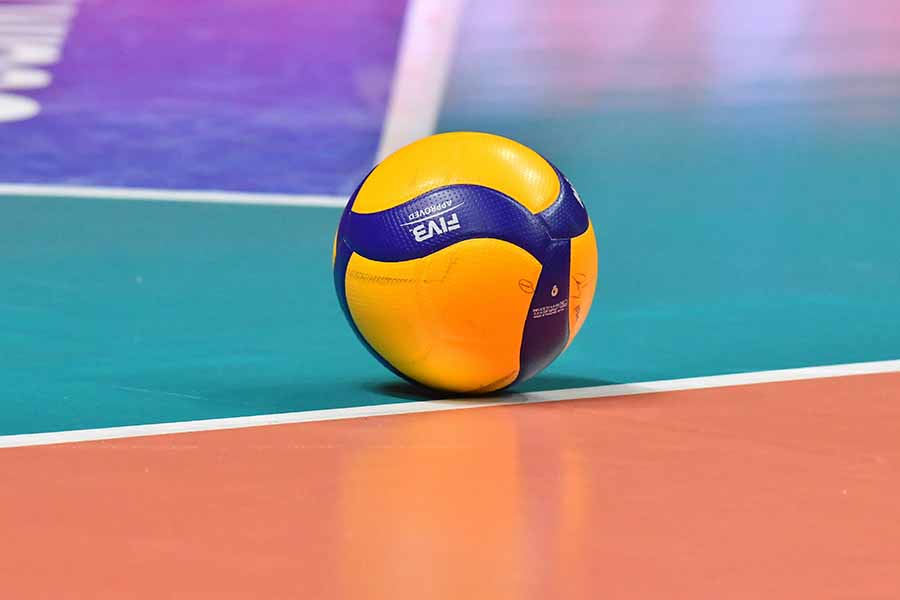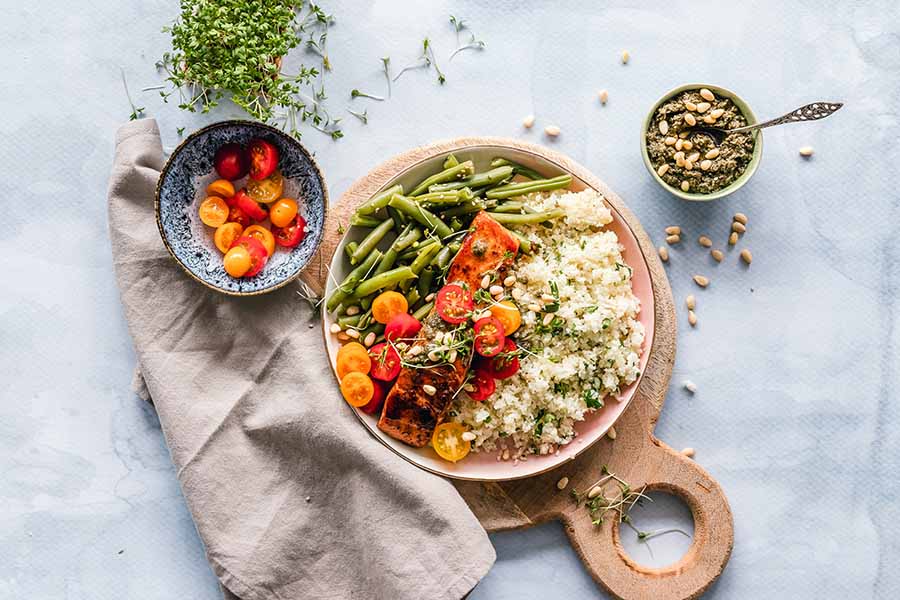Volleyball is a dynamic and exhilarating sport that demands a blend of skill, strategy, and athleticism. Among the various facets of the game, serving is an essential skill that can greatly impact the outcome of a match. A powerful serve can put pressure on the opposing team and create scoring opportunities for your own. In this blog, we'll explore four serving tips that can help volleyball players add more power to their serves and elevate their game.
1. Focus on Technique
Powerful serving begins with mastering the fundamental techniques. Ensure you have a consistent and well-practiced approach to your serve. Start with a strong stance, positioning your feet shoulder-width apart. Your non-dominant foot should be slightly forward, and your weight distributed evenly on both feet.

As you toss the ball into the air, use your legs and core muscles to generate power. The arm swing should come from your shoulder and wrist, creating a whip-like motion that transfers energy to the ball. Regular practice of correct technique will lead to improved power and accuracy over time.
2. Utilize the Toss
The toss is a critical component of a powerful serve. A well-placed and consistent toss allows you to make solid contact with the ball at the optimal point. Aim for a toss that is slightly in front of your hitting shoulder and at a comfortable height. This allows you to effectively engage your body's momentum and generate power through your swing. Practice tossing the ball consistently to the same spot to build muscle memory and improve your timing.
3. Engage Core Muscles
Powerful serving involves more than just arm strength – it's a full-body effort. Engaging your core muscles is key to transferring energy efficiently from your legs and hips to your arms and, ultimately, the ball.
A strong core helps stabilize your body during the serve, allowing you to channel maximum force into the ball. Incorporate core-strengthening exercises into your training routine, such as planks, Russian twists, and leg raises, to enhance your serving power.
4. Develop Flexibility and Range of Motion
Flexibility plays a vital role in generating power and maximizing your serving potential. A lack of flexibility can lead to restricted movement during your serve, hindering your ability to generate optimal force. Incorporate dynamic stretching routines and yoga sessions to improve your flexibility, especially in your shoulders, hips, and thoracic spine. Improved range of motion enables a more fluid and powerful arm swing, translating into a stronger serve.
Elevate Your Serving Game
Mastering the art of a powerful serve in volleyball requires dedication, practice, and a commitment to refining your technique. By focusing on the fundamentals, perfecting your toss, engaging your core muscles, and enhancing flexibility, you can add more power to your serves and become a more formidable force on the court. Regular practice, combined with these tips, will not only elevate your serving game but also contribute to your overall performance as a well-rounded volleyball player. So, step onto the court with confidence, implement these serving tips, and watch your serves become a force to be reckoned with.



